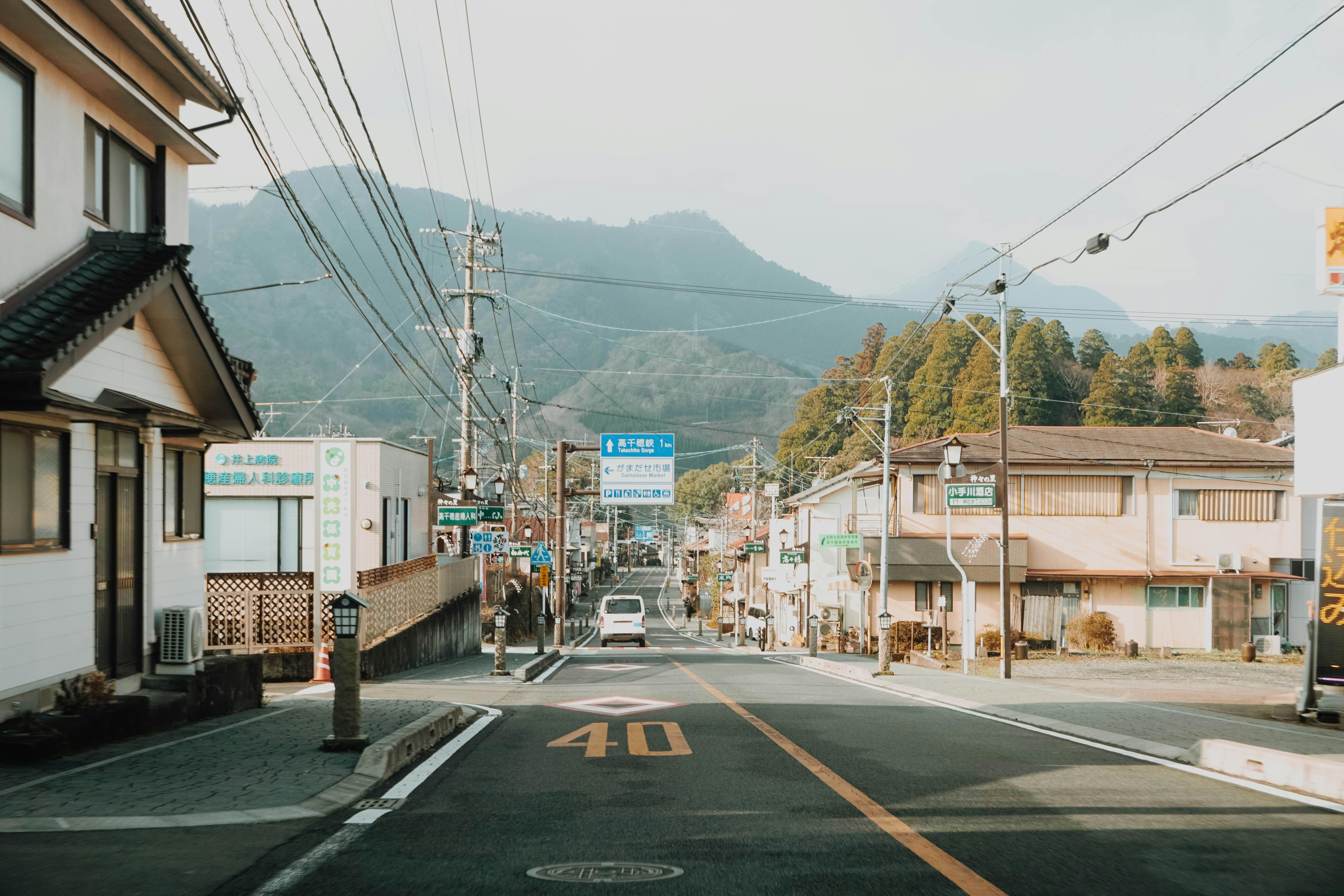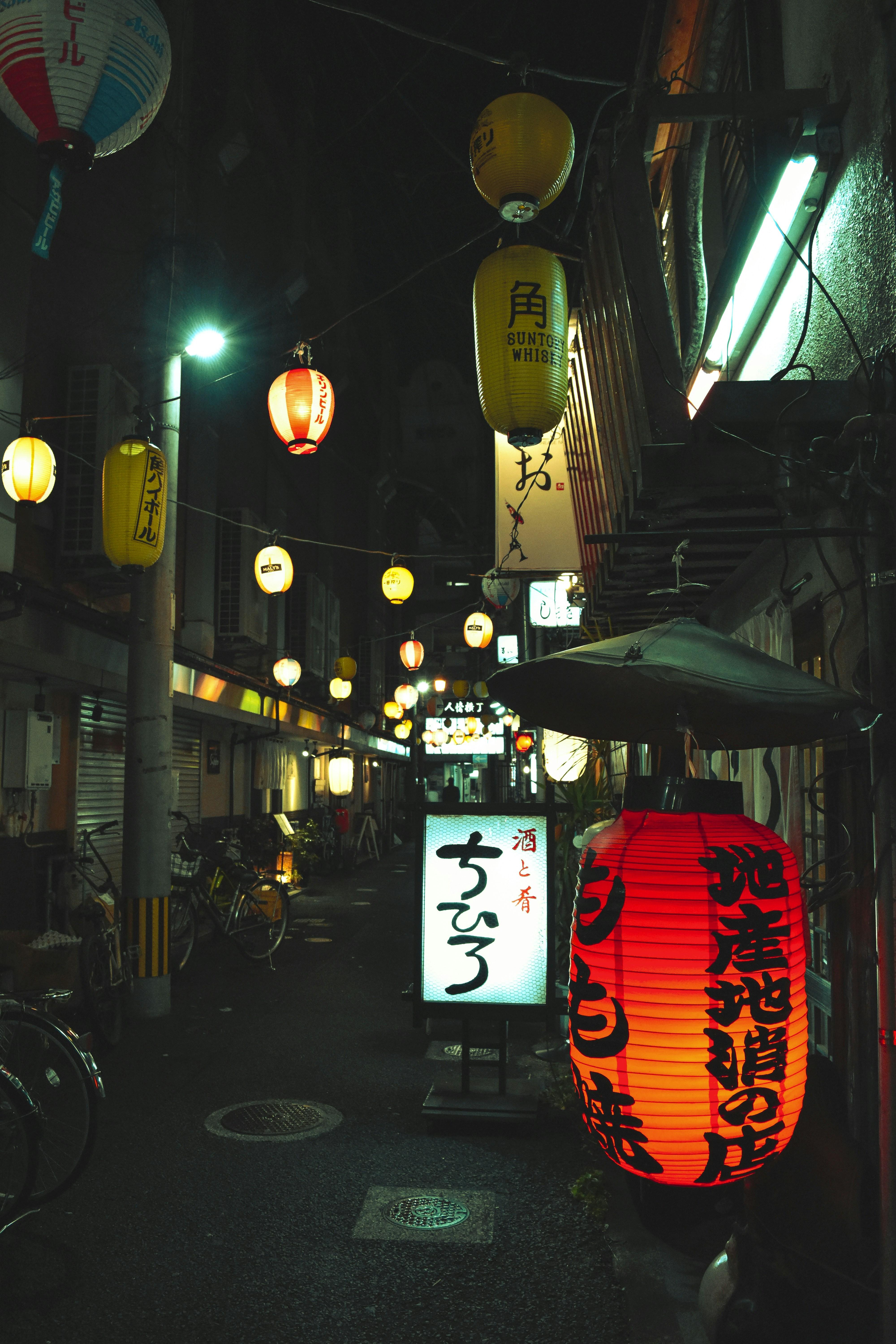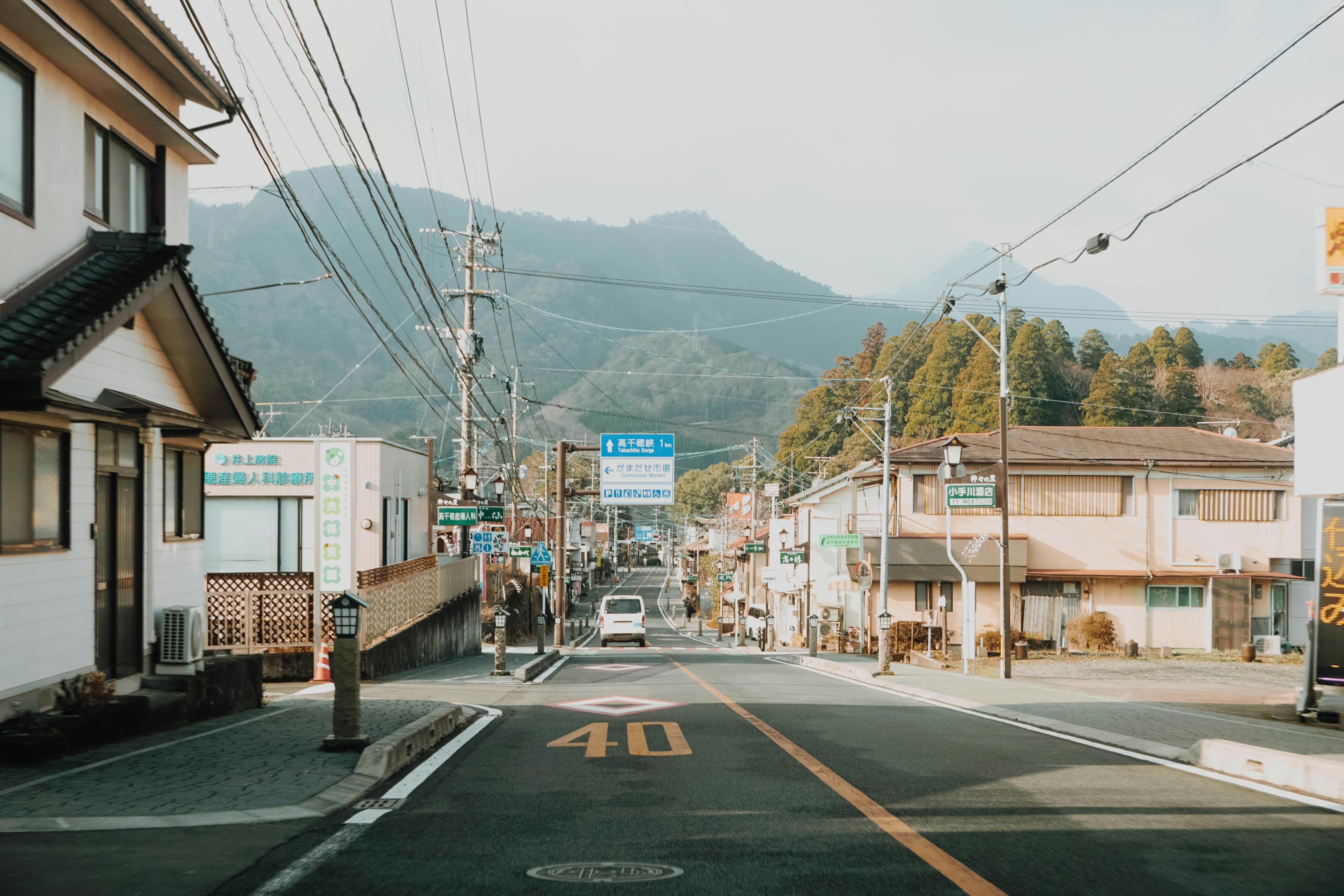Hayao Miyazaki’s animated worlds have long captivated audiences with their intricate blend of fantastical elements and profound humanism. From the lush, enchanted forests of Princess Mononoke to the whimsical skies of Howl’s Moving Castle, Miyazaki’s films transcend cultural and generational boundaries, inviting viewers into realms where imagination and reality seamlessly intertwine. This enduring appeal is not merely a product of stunning visuals or compelling narratives, but rather a testament to Miyazaki’s unparalleled ability to evoke universal themes of environmentalism, personal growth, and the complexities of human nature. By delving into the nuanced artistry and thematic depth of his works, this article seeks to unravel the multifaceted allure that continues to draw audiences into Miyazaki’s mesmerizing animated worlds.
Understanding the Artistic Vision Behind Miyazakis Films
Hayao Miyazaki’s films are renowned for their distinctive artistic vision, which combines intricate storytelling with breathtaking visuals. At the heart of his work is a profound respect for nature and a deep understanding of the complexities of human emotion. Miyazaki’s worlds are meticulously crafted, often featuring lush landscapes that serve as more than just backdrops—they are integral characters within the narrative. This approach to environmental storytelling is evident in films like Princess Mononoke and Nausicaä of the Valley of the Wind, where the natural world is portrayed with both beauty and fragility, underscoring themes of harmony and discord.
Key elements of Miyazaki’s artistic vision include:
- Complex Characters: His characters are often layered, showcasing a blend of strength and vulnerability, which allows audiences to connect with them on a deeper level.
- Visual Storytelling: The use of color and light in his films is not just aesthetic but also symbolic, enhancing the emotional resonance of the story.
- Mythical Elements: Miyazaki frequently incorporates fantastical creatures and mythical themes, creating a sense of wonder and timelessness.
Through these elements, Miyazaki invites viewers into a world where the line between reality and fantasy blurs, challenging them to reconsider their relationship with the environment and each other.
Exploring Themes of Nature and Humanity in Miyazakis Storytelling
Hayao Miyazaki’s storytelling masterfully intertwines the realms of nature and humanity, creating narratives that resonate deeply with audiences worldwide. His animated films often depict a delicate balance between these two forces, exploring the harmonious coexistence and the conflicts that arise when this balance is disrupted. Miyazaki’s worlds are rich with lush landscapes, vibrant ecosystems, and mystical creatures, serving as more than just a backdrop; they are active participants in the story. Nature is portrayed as a living entity, with its own rhythms and cycles, demanding respect and understanding from human characters. This theme is evident in films like Princess Mononoke and Spirited Away, where the characters’ journeys are not only personal but also environmental, urging a reflection on humanity’s role within the natural world.
- Interconnectedness: Miyazaki’s narratives emphasize the interconnectedness of all living things, illustrating how human actions can ripple through nature.
- Respect for Nature: His films often carry a message of respect and reverence for the natural world, warning against exploitation and destruction.
- Humanity’s Duality: Characters frequently embody the dual nature of humanity, capable of both creation and destruction, showcasing the moral choices that define their relationship with the environment.
Through his unique blend of fantastical elements and profound themes, Miyazaki invites viewers to reconsider their own relationship with the world around them. His work stands as a timeless reminder of the beauty and fragility of nature, encouraging a narrative of coexistence and stewardship that is both urgent and universal.

The Role of Music and Sound in Enhancing Miyazakis Animated Worlds
Music and sound play a crucial role in shaping the immersive landscapes of Hayao Miyazaki’s films, acting as an auditory bridge that connects viewers to the emotions and atmospheres of his animated worlds. The renowned composer Joe Hisaishi, a long-time collaborator with Miyazaki, crafts scores that are both enchanting and evocative, enhancing the narrative depth of each film. Hisaishi’s compositions are characterized by their ability to reflect the nuanced emotions of Miyazaki’s characters, often using a combination of orchestral and traditional Japanese instruments to create a soundscape that feels both timeless and deeply rooted in cultural authenticity.
The sound design in Miyazaki’s films also plays a pivotal role in bringing his fantastical worlds to life. Key elements include:
- Ambient sounds that enhance the setting, such as the rustling of leaves in a forest or the gentle lapping of waves on a shore.
- Character-specific motifs, where each character might have a unique sound or musical theme that highlights their personality or journey.
- Dynamic soundscapes that shift with the narrative, intensifying during moments of conflict or softening during scenes of tranquility.
Together, these auditory elements not only complement the stunning visuals but also deepen the emotional engagement of the audience, ensuring that Miyazaki’s worlds remain as enchanting as they are enduring.

Recommendations for Experiencing Miyazakis Films in a New Light
To truly appreciate the intricacies of Hayao Miyazaki’s films, one must engage with them beyond their surface-level charm. Here are some recommendations to enrich your viewing experience:
- Embrace Cultural Context: Understanding the Japanese cultural and historical context in which Miyazaki’s films are rooted can offer deeper insight into their themes. Explore the folklore and societal issues that subtly influence his storytelling.
- Analyze the Animation Techniques: Pay attention to the unique animation styles and techniques that Miyazaki employs. The fluidity of motion, meticulous background details, and the use of vibrant color palettes are not just aesthetic choices but narrative tools.
- Focus on Environmental Themes: Miyazaki is renowned for weaving environmental consciousness into his narratives. Reflect on how these themes are presented and consider their relevance in today’s global context.
- Explore Character Development: Observe the nuanced character arcs and relationships that Miyazaki creates. His characters often embody complex moralities and personal growth, providing a rich tapestry for analysis.
By adopting these approaches, viewers can uncover layers of meaning that might otherwise go unnoticed, offering a fresh perspective on the timeless appeal of Miyazaki’s work.
